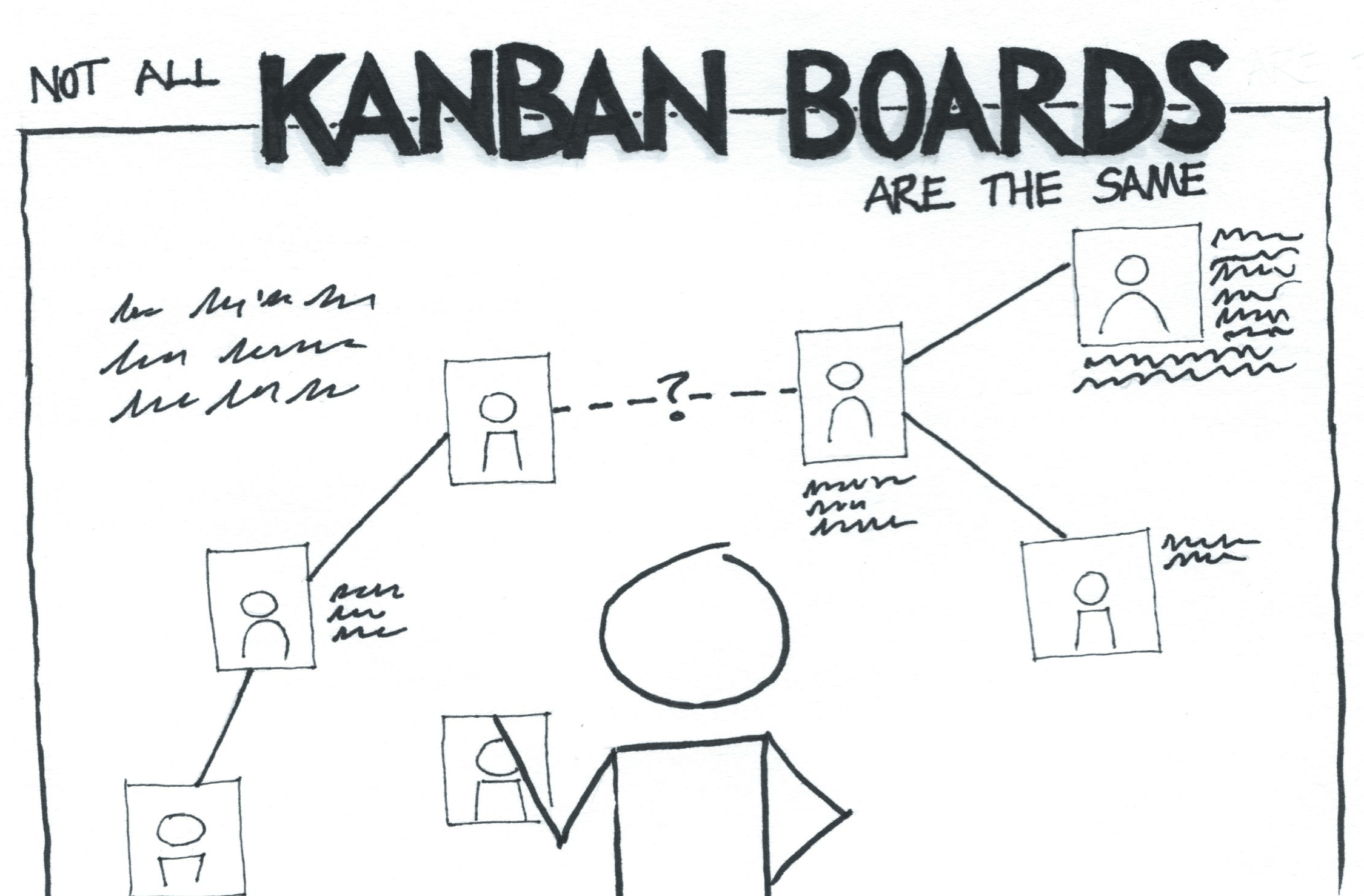One tool you’ll hear discussed in Agile circles is kanban boards. You may have seen one, and chances are it had columns labeled “To Do”, “Doing”, and “Done”, perhaps with a few others thrown in for good measure.
But there’s more to kanban boards than just task tracking.
In Japanese, “kanban” means literally “billboard”, and their purpose is to display important information about the system as a whole. They were first used by Toyota in their manufacturing plants to indicate the state of the line at any given moment. Here’s an example:

Toyota’s kanban board looks very different than the To Do/Doing/Done boards you see in software development, because automobile manufacturing lines need to display a completely different set of information in order to understand the status of the system.
Different industries and disciplines have different kanban needs. Software development is different than auto manufacturing, which is different from journalism or ornithology or academic research. For instance, TV detectives don’t need columns for To Do, Doing, and Done, but a wall for pictures of dubious-looking characters and how they fit into the puzzle. Any wall filled with with important information, for taking in at a glance, for seeing change as it happens, is a kanban board.
So if you’re working with a kanban board, and you find there’s important information that’s not being displayed, don’t hesitate to make improvements. Kanban boards are about showing what’s relevant, and if your kanban board needs changes to do that, jump in.


Nice article!
Don’t you love how flexible kanban is? I’ve come to know it after years of working with waterfall and scrum, and I’m still impressed with how versatile it is in terms of its application. My lawyer as well as my wife (who works in gardening) are using it – that goes to show how well adaptable the tool is. There is a nice little post on the journey kanban made from TPS to ..everything here: http://kanbantool.com/kanban-library/why-kanban/kanban-from-toyota-to-devops – compliments your intro well.
Thanks for the read.